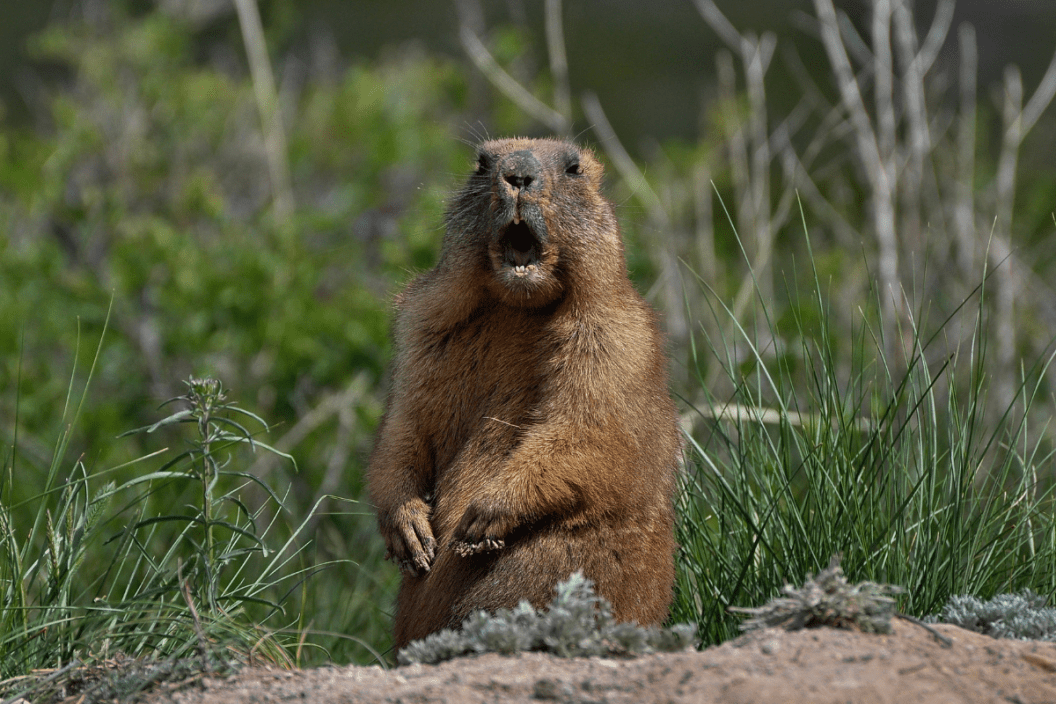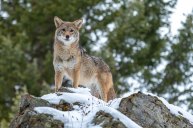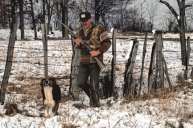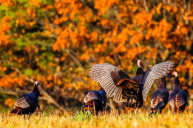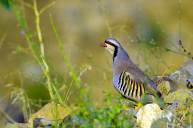In New York, nearly all species of wildlife are protected, except for a select few that can be hunted year-round due to both their huge numbers and their detrimental impact on the land.
The Empire State's few unprotected species include porcupine, red squirrel, woodchuck, English sparrow, starling, rock pigeon, and monk parakeet. Unprotected species may be taken at any time without limit. A hunting license is required to hunt unprotected wildlife with a bow, crossbow, or firearm.
Always check legal requirements from the New York Department of Environmental Conservation before pursuing these or any animals.
Porcupine
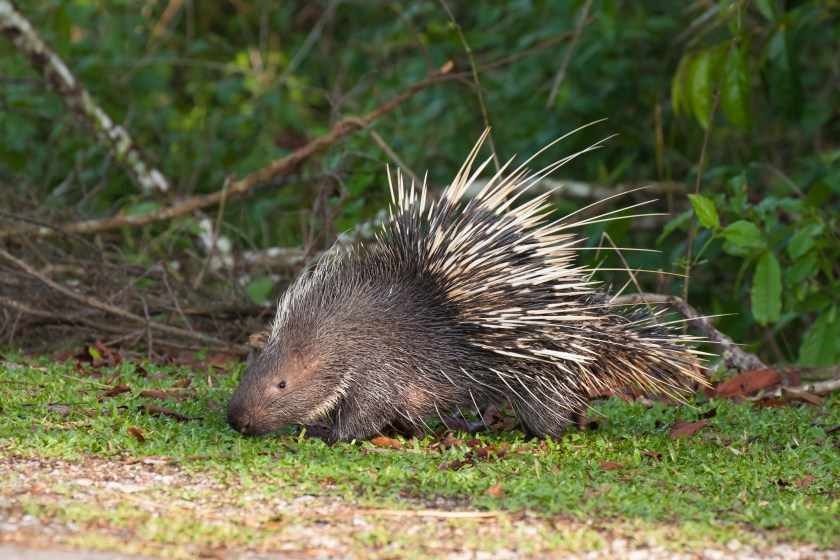
Getty Images, s1pheeraphan
Porcupines are a nuisance for many reasons. For one, they cause great damage to trees. Porcupines are excellent climbers and often remove the bark all the way around a trunk or a branch, which weakens the tree and makes it more vulnerable to damage from insects and disease. Porcupines also gnaw on wooden buildings like sheds or hunting cabins, damaging them in expensive ways.
This is not to mention the damage they can do to your hunting dog, or any animal for that matter, which can lead to a big vet bill.
While some might believe that a porcupine can shoot its quills out, that is not the case. Quills are released by contact or they may drop out when the porcupine shakes its body. The porcupine does not throw quills, but the flailing muscular tail and powerful body may help impel quills deeply into perceived threats or attackers.
Red Squirrel
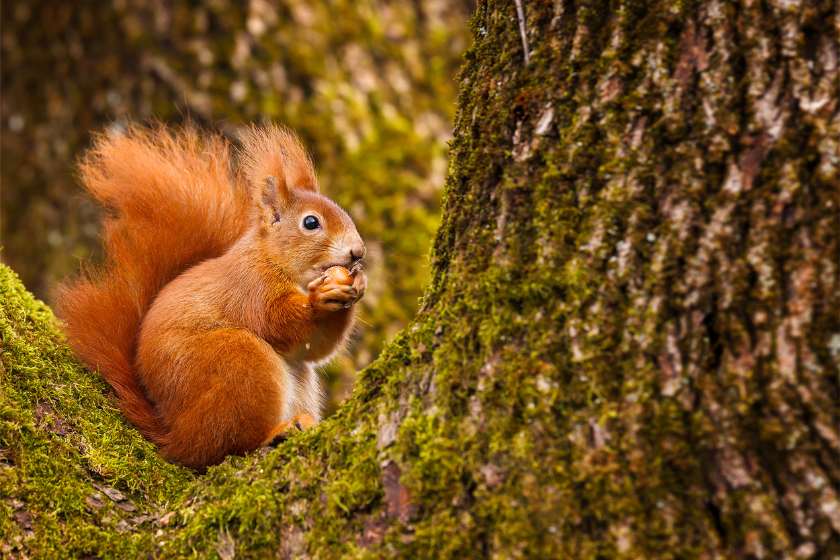
Getty Images, Neil_Burton
Red squirrels might be cute and amusing to watch, but they are pesky little critters that can cause a whole lot of damage. They invade homes, destroy landscaping, and raid gardens. They will chew on siding, bird feeders, walls, electrical wiring, insulation, sheds, and pretty much anything.
Plus, they are very difficult to deter once they decide they want to chew on something. Capture and relocation usually just leads to their return or replacement in short order.
Red squirrels are easily huntable and can be hunted at any time of year. Common choices to drop squirrels include air rifles and pellet guns. Another option is a .22 rifle, but make sure when using this gun to take only ground or horizontal shots.
Starlings
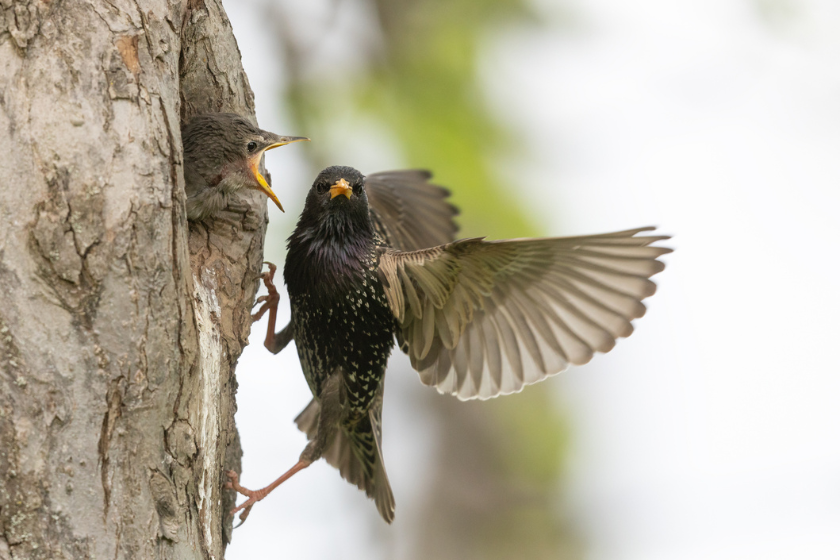
Getty Images, Andyworks
Starlings are small blackish-colored birds that travel in groups. Their main diet consists of insects and fruits, but they will devour bird food when it's available. The scourge of the bird-feeding community is everywhere, they eat everything in sight, and then move on to the neighbor's feeding stations. They seem to have no end and appear everywhere.
Starlings can only be hunted with a small game hunting license and responsibly outside of town limits, but they can be stopped with even the smallest scattergun as well as airguns.
Crows are another bird that is often considered a nuisance and are considered unprotected in the state, but unlike starlings, can only be hunted from the beginning of September to the end of the following March. Neither birds require a federal migratory bird stamp to hunt.
Rock Pigeons
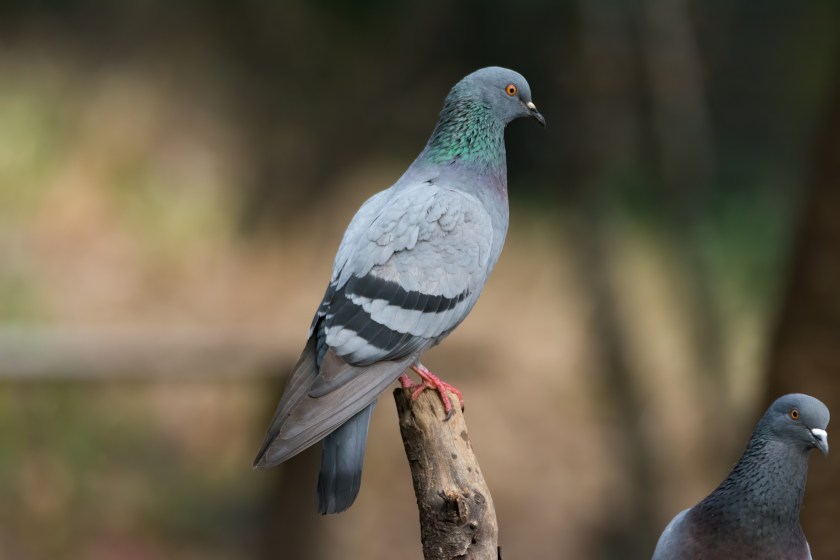
Getty Images, Malcolm
Pigeons were brought into New York during colonization and were meant to be a kind of livestock. Over time, they have fallen off of the menu and have propagated beyond sustainable numbers, making them a target for hunters year-round in the state.
They are messy birds that defecate on everything in sight. On the bright side, pigeons are a fun and sometimes easy bird to hunt.
They provide a good chance for hunters to work on form and develop shotgun skills. Any shotgun that would work for duck hunting could also work for pigeon hunting. Suggestions include 20-, 16-, or 12-gauge shotguns.
The biggest challenge is finding a non-urban area to hunt them, as they are completely at home in big cities, but off-limits for hunting. Good places to find pigeons include abandoned buildings, bridge pilings, and barns.
Woodchuck
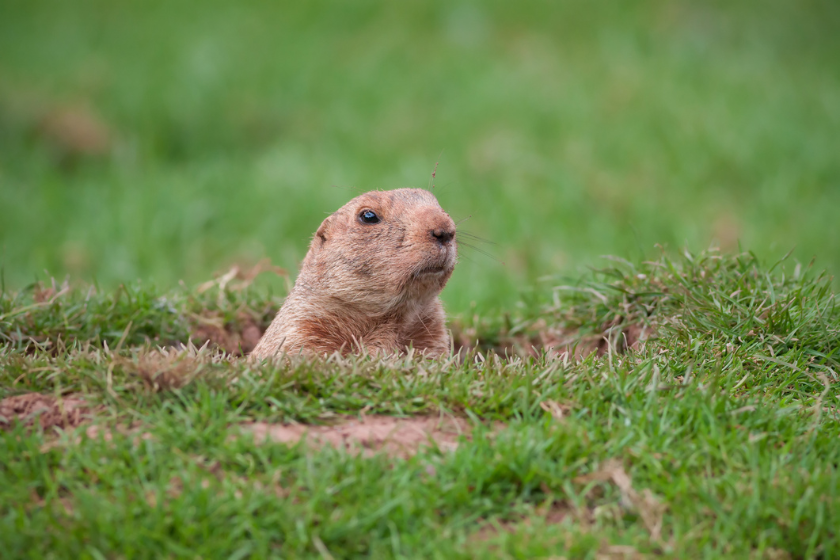
Getty Images, bahadir-yeniceri
Woodchucks, whistle pigs, groundhogs, or whatever you call them, these annoying critters burrow under sheds, houses, gardens, and even through the middle of the lawn. One woodchuck with unfettered access to a vegetable garden can decimate it in a matter of hours, and multiple groundhogs can completely destroy it in no time.
The worst part is that they'll simply move to your lawn next. Ask any farmer and they'll tell you what a scourge these little land beavers are.
They can be hunted up close with small arms like a pistol, or at a distance with your favorite rifle, but you will find out that they're not that easy to stalk. If you think there's a woodchuck or two in the area, give out a loud smooch or whistle sound, as they are known to stand up to investigate, giving you a clear shot.
English Sparrow
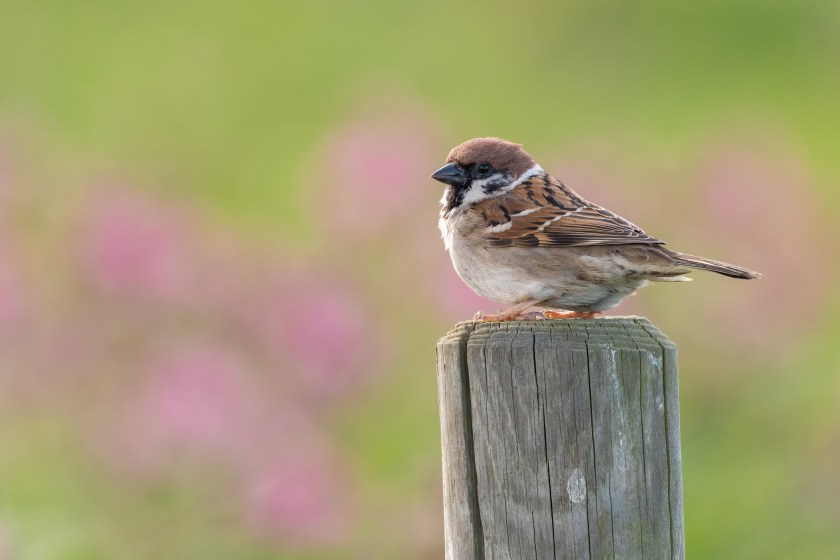
Getty Images, Alex Cooper
Believe it or not, there were no sparrows in New York some 200 years ago, but now they number in the millions. English sparrows were brought to the state in the late 1800s as an attempt to control the moth population, according to The New York Times.
But a century later they posed a new problem by eating crops and killing species of native birds. These days they are as common as the dandelions on the lawn. Sparrows can be hunted anytime in New York.
Monk Parakeet
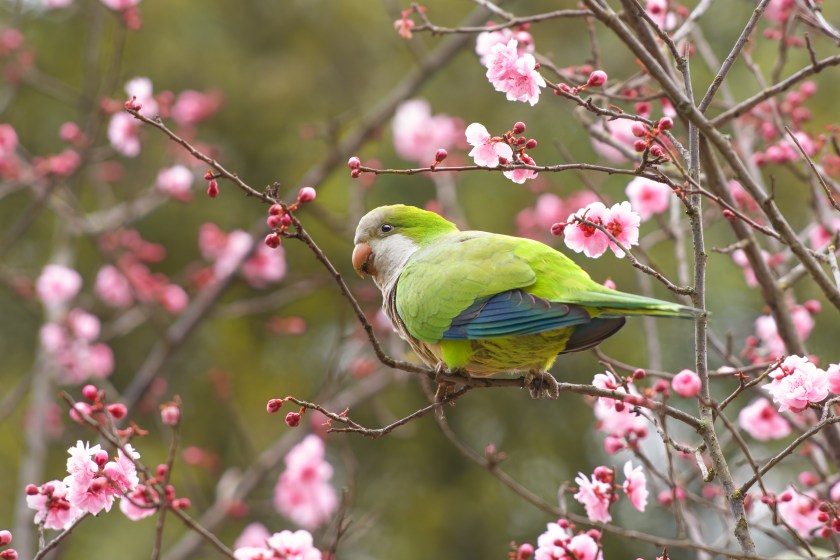
Getty Images, ROMAOSLO
Monk Parakeets are non-native to New York. They originate from South American grasslands but have established populations all across North America, mostly in cities such as New York City, Chicago, Portland, San Diego, Houston, Dallas, New Orleans, and Miami. They are fast-flying, long-tailed pests that can be tricky to hunt.
Read More: Bobcat Facts: How Much Do You Know About North America's Feline Predator?
